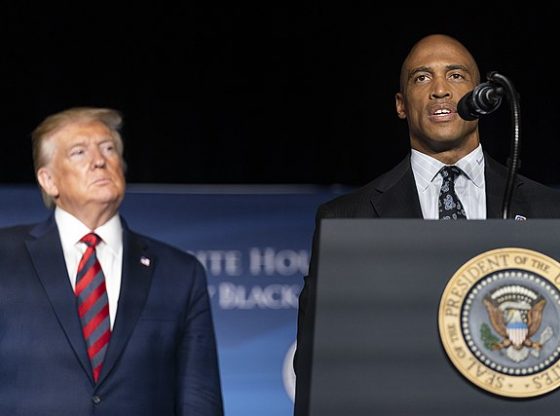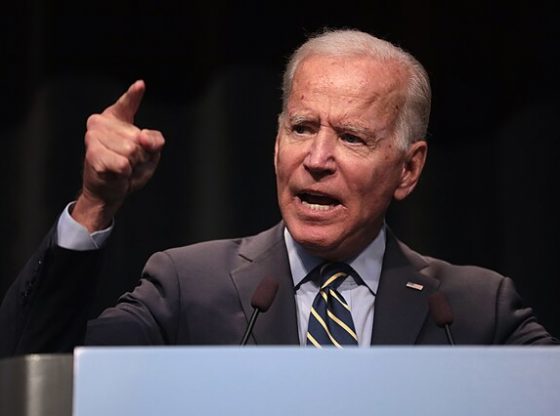Officials provided a timeline on Friday for the U.S. military mission ending in Iraq, but stopped short of calling it a withdrawal, according to multiple reports.
Though the Biden administration withdrew its forces in the 2021 Afghanistan withdrawal, the U.S. continues to have a heavy presence in surrounding Arab states, including Iraq and Syria. The officials provided more details to an announcement made by the Iraqi government two weeks ago that the U.S. would withdraw most of its forces from the country by 2026, and pushed back on certain claims made by Baghdad, leaving open the possibility of a more flexible timeline, according to The Washington Post.
The U.S. currently maintains a military presence of approximately 2,500 troops in Iraq, and Iraqi officials said that the bulk of them will be gone within the next two years, with only a small number left behind to provide counterterrorism abilities against Iran-backed terror groups in the region, according to the Post. But the U.S. officials said Friday that the real goal is for a “sustainable security partnership” with Iraq.
“I’d like to emphasize that this is an evolution of the military mission in Iraq,” one of the officials said, according to a readout from the State Department. “To be clear, the United States is not withdrawing from Iraq.”
The official said there “could very well be changes” in the number of troops in Iraq, but declined to provide a specific number or timeline, according to the readout.
In the first phase of the “evolution,” the U.S. will end its military mission in Iraq by September 2025, according to the Post. Meanwhile, the U.S. and Iraq have agreed to keep in place the 900 troops deployed to Syria, which will be aided by Iraqi forces.
“There will be some changes to our footprint, but decisions have not been finalized,” another official said on Friday.
The officials’ comments hint at the U.S.’ desire to keep some flexibility in ongoing negotiations, according to the Post. The U.S. presence in Iraq is a deeply contentious and complicated issue, so Washington may be trying to continue negotiations before any plans are carried out.
_U.S. military forces positioned across the Middle East have come under considerable attacks since last year, when Hamas invaded Israel and sparked a broader regional war.
“We’re not going to speak to our plans concerning specific base locations or troop numbers,” one official said on Friday, according to the State Department readout. “For now, that remains in a planning process and under review. And until we are able to make those – until those are decisions that are reached, we won’t be providing specific information on numbers and locations regarding something that hasn’t been decided.”
Featured Image Credit: Staff Sgt. Jason Robertson
















